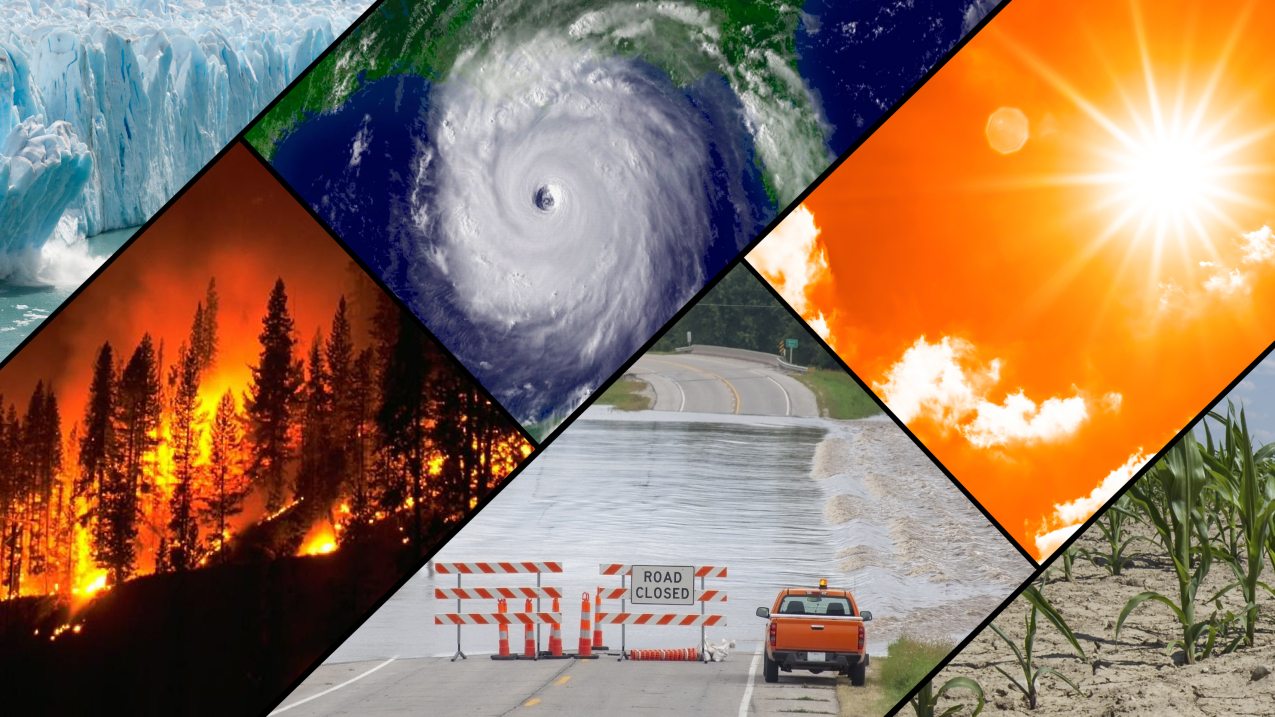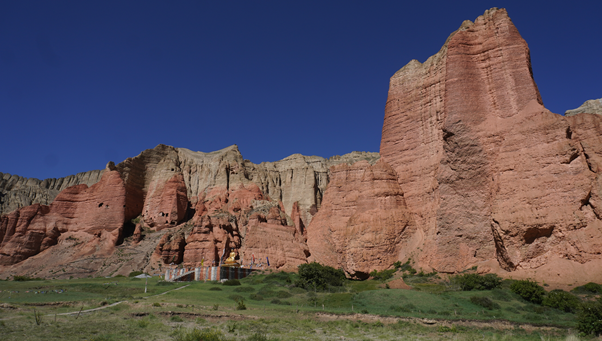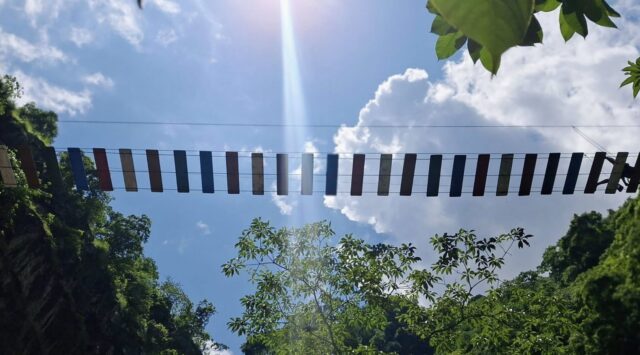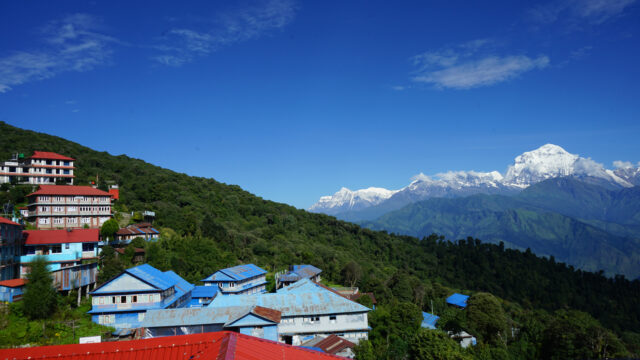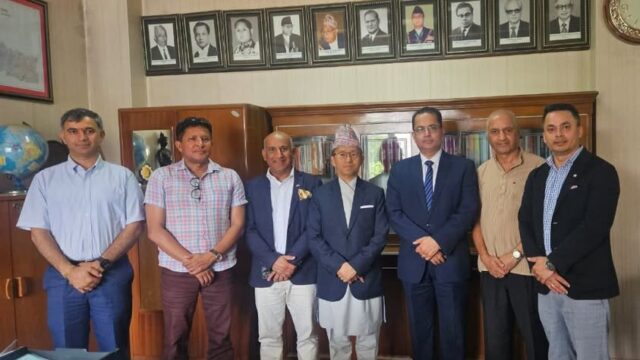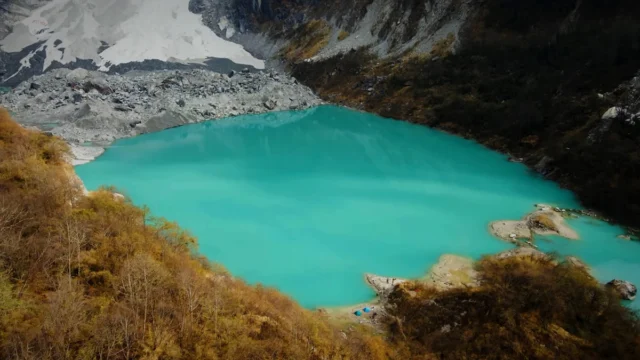Nepal, nestled in the heart of the Himalayas, is a dream destination for many travelers. Known for its breathtaking landscapes, rich culture, and warm hospitality, Nepal offers an unforgettable experience. However, to ensure a smooth and enjoyable trip, there are several key aspects tourists should be aware of before embarking on their Nepalese adventure.
Nepal is a diverse country with varying climates and terrains. From the subtropical lowlands to the snow-capped peaks of the Himalayas, the weather can differ drastically depending on the region and time of year. The best time to visit is generally from September to November and March to May when the weather is most favorable for sightseeing and trekking. In contrast, the monsoon season (June to August) brings heavy rains, which can lead to landslides and travel disruptions, especially in rural areas. Tourists should be prepared for variable weather conditions and pack accordingly, including waterproof gear for unexpected rain.
Travelers should take certain health precautions before visiting Nepal. It is advisable to consult with a healthcare provider to ensure vaccinations are up-to-date and to discuss any specific health concerns related to travel in Nepal. Common vaccinations include those for hepatitis A and B, typhoid, and tetanus. Travelers should also be cautious about food and water safety; consuming bottled or boiled water and avoiding street food can help prevent gastrointestinal issues.
Altitude sickness is another consideration for those planning to trek in the Himalayas. Symptoms include headache, nausea, and dizziness, and can occur at elevations above 2,500 meters. Proper acclimatization and hydration are crucial to mitigate these risks. For those trekking at high altitudes, it’s essential to proceed gradually and listen to your body.
Most visitors to Nepal will need a visa, which can be obtained on arrival at the Tribhuvan International Airport in Kathmandu or through Nepalese embassies abroad. The visa process is relatively straightforward, but tourists should ensure their passport is valid for at least six months beyond the intended date of departure. It’s also wise to carry a few passport-sized photos and the necessary visa fee in cash.
Nepal is a culturally rich country with diverse ethnic groups, languages, and traditions. Respecting local customs and etiquette is essential for a positive experience. Dress modestly, especially when visiting religious sites, and remove shoes before entering temples or homes. It is also courteous to use the right hand for giving and receiving items, as the left hand is considered unclean. Learning a few basic Nepali phrases can also go a long way in showing respect for the local culture.
The Nepalese Rupee (NPR) is the official currency, and tourists should be aware of the exchange rates and local banking facilities. While major cities have numerous ATMs and currency exchange services, it’s a good idea to carry some cash for use in rural areas where banking facilities may be limited. Credit cards are accepted in many establishments in Kathmandu and Pokhara, but it’s best to carry cash for small purchases and in more remote locations.
Nepal’s transportation infrastructure varies widely. In cities, taxis and local buses are common, but traffic congestion can be a challenge. For longer journeys, domestic flights are available but can be subject to delays due to weather conditions. Road travel, particularly in the mountainous regions, can be bumpy and time-consuming. For trekking enthusiasts, hiring a local guide or porter is recommended for a safe and enjoyable experience.
Nepal offers a range of accommodation options, from luxury hotels to budget guesthouses. For those interested in eco-tourism, several eco-friendly lodges and accommodations are available, particularly in popular trekking areas. Staying in eco-friendly accommodations supports sustainable tourism practices and helps preserve Nepal’s natural beauty.
Nepal’s natural landscapes are its greatest asset, and visitors should aim to minimize their environmental impact. Follow the principles of “Leave No Trace,” including proper disposal of waste and recycling where possible. Avoid disturbing wildlife and stick to designated trails to preserve the natural habitat.
In case of emergencies, having local contacts and understanding the local emergency services is crucial. The local police and ambulance services can be reached via emergency numbers, and many areas have tourist police who can assist with specific issues. It’s also helpful to have contact information for your country’s embassy or consulate in Nepal.
Nepalese cuisine is diverse and flavorful, with dishes such as momos (dumplings), dal bhat (lentil soup with rice), and various curries. While street food can be tempting, it’s advisable to eat at well-established restaurants to avoid foodborne illnesses. Enjoy local beverages like tea and traditional drinks, but ensure they are prepared hygienically.
Preparation is key to making the most of a trip to Nepal. By understanding the terrain and climate, taking health precautions, respecting cultural norms, and planning for practical aspects like currency and transportation, tourists can ensure a safe and enriching experience. Nepal’s unique combination of natural beauty, cultural heritage, and warm hospitality promises a memorable adventure for all who visit.
